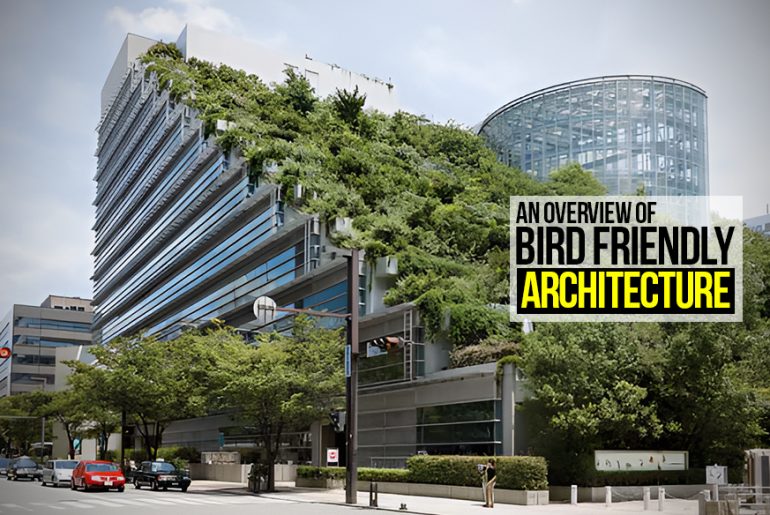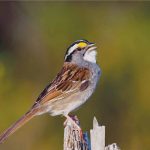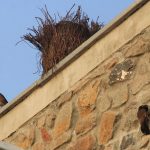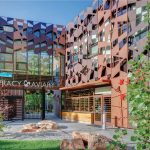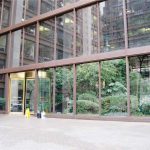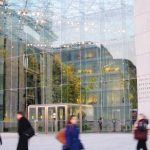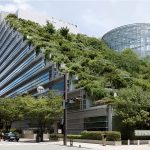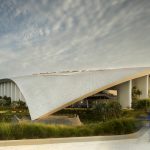“Human beings have always had a very close relationship with nature. People have always been fascinated, particularly by birds. Birds have been the indicator of a balanced ecosystem. But with the rapid urbanization in the cities, the local biodiversity has been impacted a lot by it. Birds had architectural as well as a cultural influence in various capacities”, (Pujara, 2022).
Since the beginning of building shelters for humans, we have included local birds and animals. It was always in our customs to feed birds. But recent studies indicate an increase in bird mortality rate in the cities and the extinction of many different species of birds. In the hustle-bustle of the city, the chirps of the bird are getting lost. Hence, it is imperative to apply the design principles of Bird-Friendly Architecture to prevent harming the birds and saving our ecosystem.
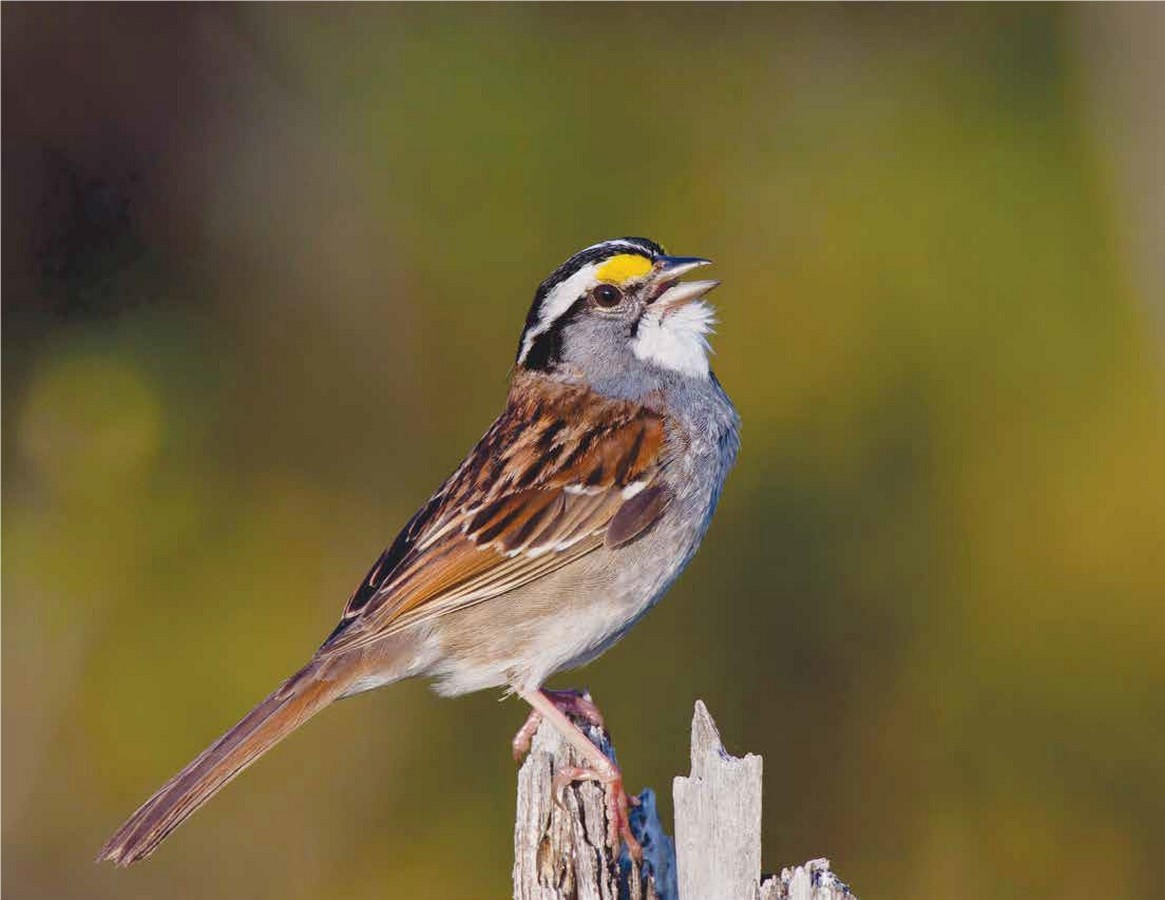
Importance of Birds
Birds and the natural world hold inherent value for many individuals. In addition to the enjoyment they may give people, both local and migratory birds also perform vital ecological tasks for which people are dependent. Birds manage rodent populations and eat large numbers of insects, which lessens damage to crops and forests and the spread of illnesses like malaria, dengue fever, etc. By pollinating plants and spreading seeds, birds play a critical role in the regeneration of environments.
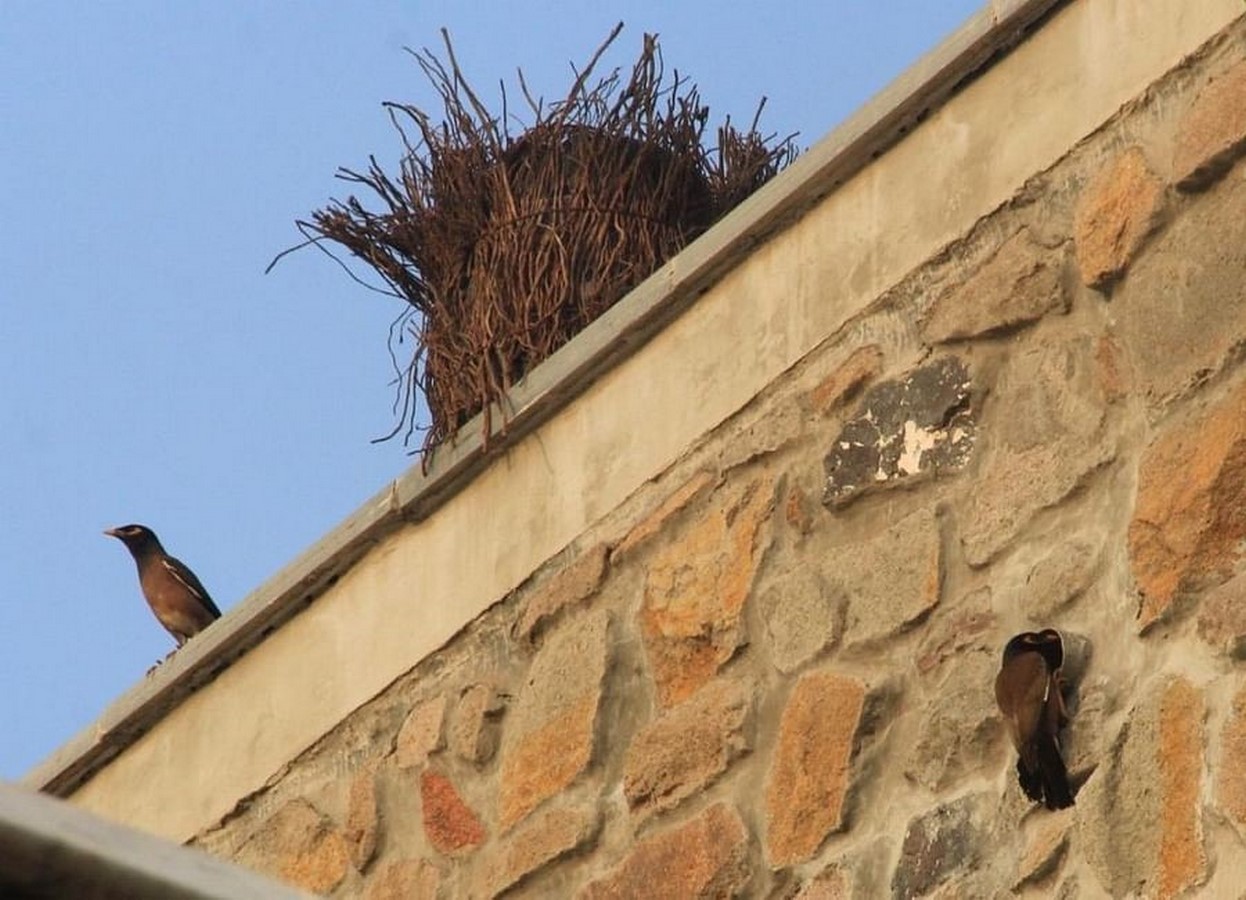
Bird-Friendly Architecture
A term that is increasing recently is the use of Bird-Friendly Architecture. Bird-Friendly Architecture is a building design that is not harmful to birds. “It is increasingly common to see the term “bird-friendly” used to demonstrate that a product, building, or legislation is not harmful to birds. However, this term lacks a clear definition and sound scientific foundation to underpin its use” (Bird-friendly Building Design. First, 2012). Realistically, we cannot certify a building to be bird-friendly unless it has been closely watched for several years since it is difficult to tell in advance exactly how many birds it will kill. However, several indicators may help us determine if a structure will be detrimental to birds or generally benign. In response, we can develop straightforward “bird-smart guidelines” that, if adhered to, will guarantee that a possible construction provides the least amount of risk to birds”, (Bird-friendly Building Design. First, 2012).
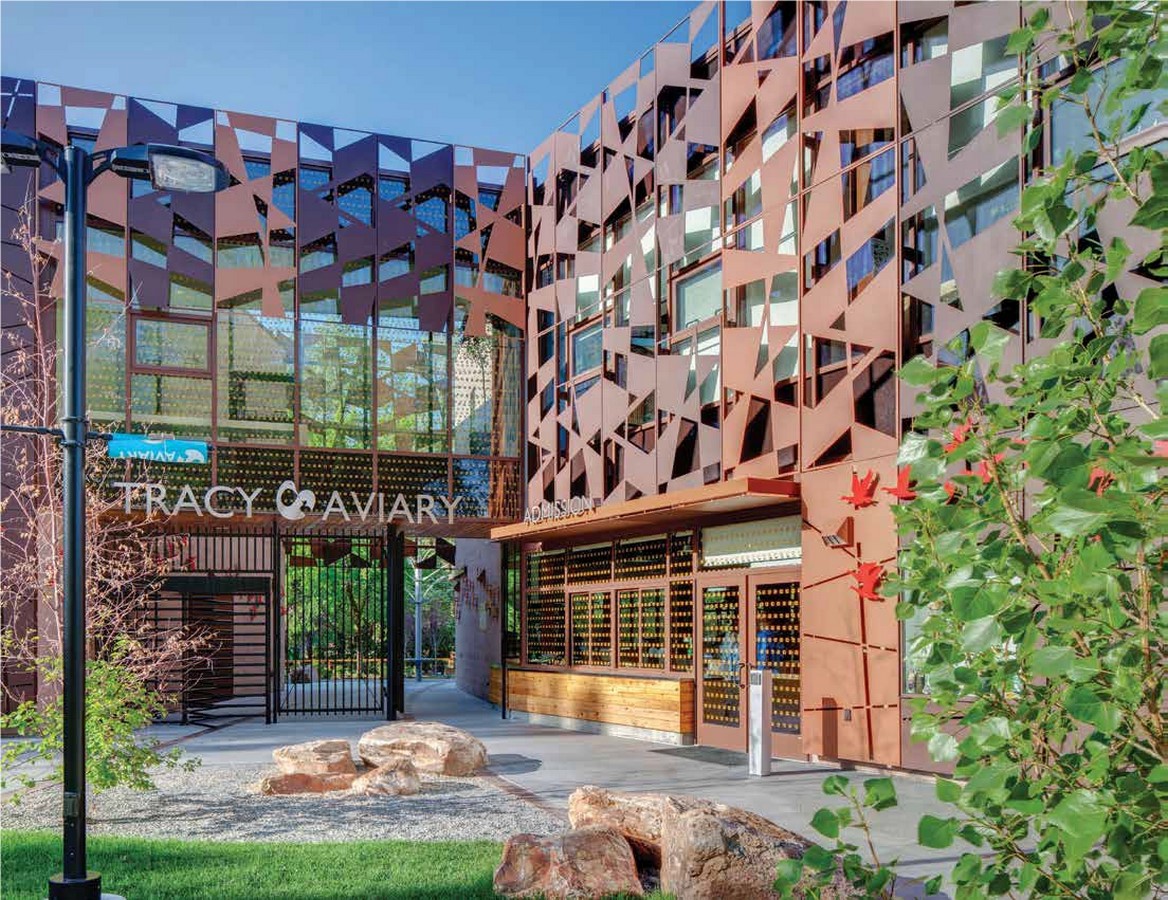
Glass material as a Threat to Birds
When talking about bird-friendly architecture, the focus should not be on construction materials and architectural practices in the current day scenario (Pujara, 2022). According to the study, certain threats are contributing to the increasing bird mortality rate. Glass facades are the biggest threat to birds in the present day. As birds cannot identify glass as a surface, they end up colliding with it during their flight and hurt themselves. Many properties of glass, like transparency, reflection, and size of glass, cause the issue (Bird-friendly Building Design. First, 2012). To design aesthetic interior spaces, architects and designers create indoor green spaces. Also, to have an inside-outside relationship, architects design transparent facades, and it ends up attracting birds to the greenery, and they collide with the glass. Humans feel better around nature, and therefore, they try to imitate nature. The external surfaces of the buildings reflect blue sky and outside greenery and clouds, making the people feel better, but giving birds the wrong impression, and they fly right into it.
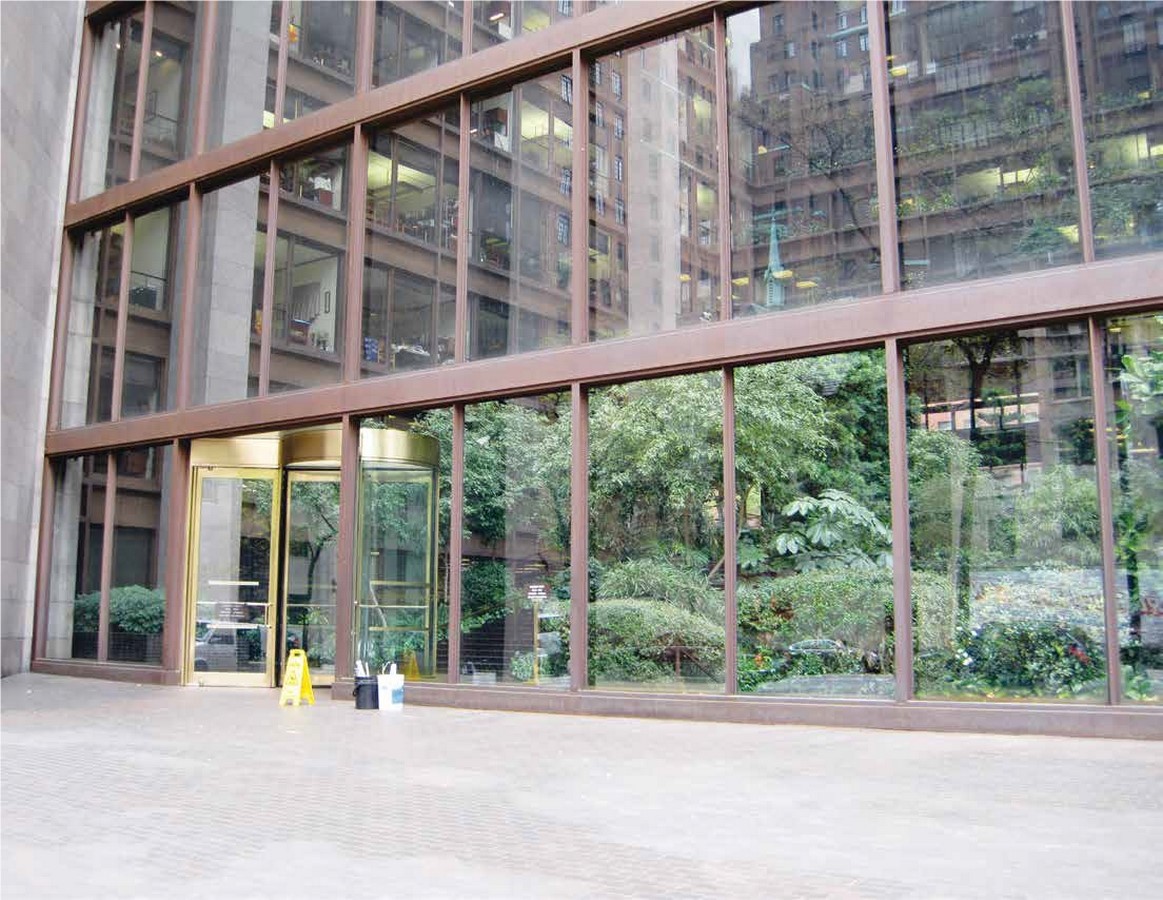
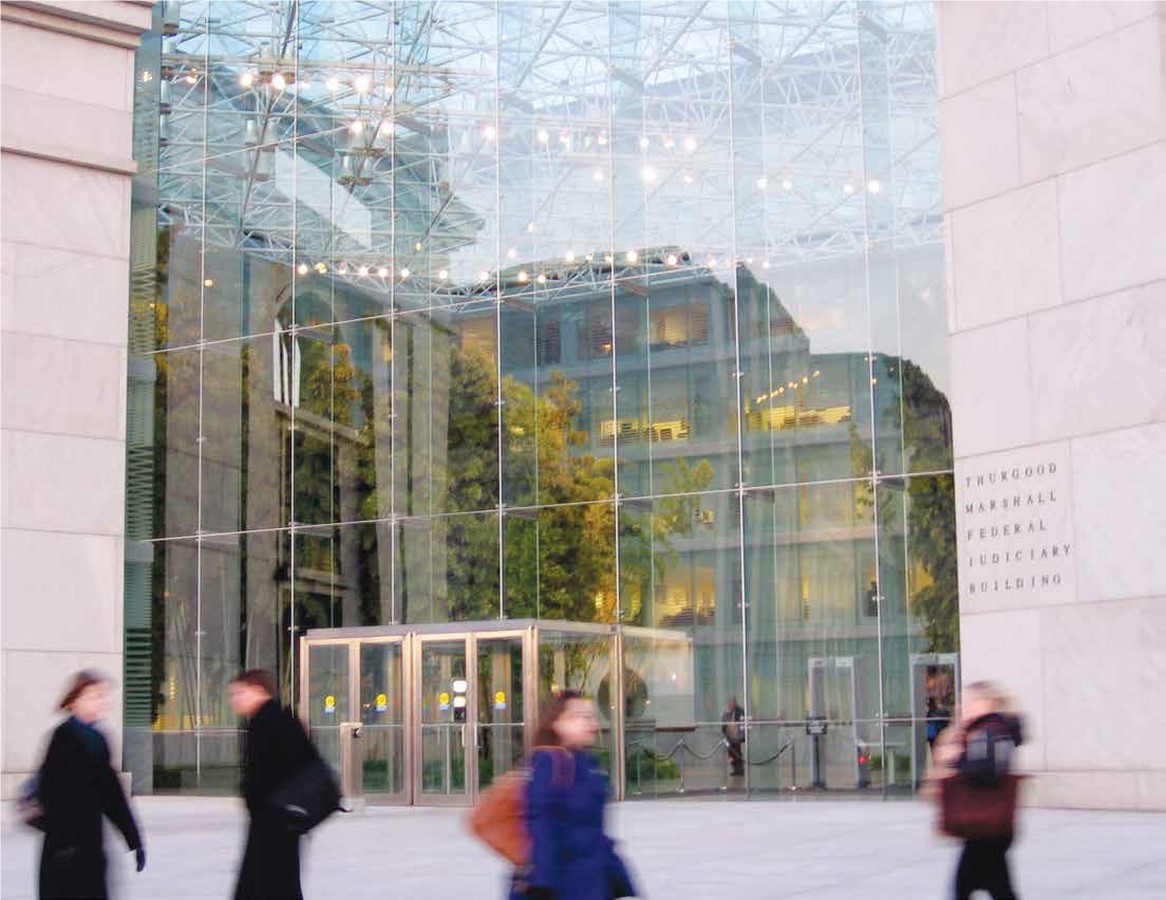
There are many other factors like urban lighting, use of heat absorbing materials, construction of smooth exterior surfaces that cut down on their nesting spaces, excessive use of Reinforced Cement Concrete, etc. Even the tendency to pave everything and not keep the ground open to breathe or water to percolate, which has their food, i.e., seeds and worms, make them suffer. The constant need for an increase in the infrastructure and development in the cities has led to a decrease in the green areas and even lesser wetlands (Pujara, 2022). Therefore, there is an urgent need to emphasize constructing Bird-friendly architecture. There are certain solutions available to it, such as screenings on glass facades or adding a film or frosting to the glass and using a glass of a certain measure. There are also many lights-out programs happening to help the migratory birds. LEED Credit 55 follows bird-friendly guidelines.
The components that attract birds are brought to greater levels by green roofs; however, they are frequently constructed next to the glass. Recent research demonstrates that well-designed green roofs may develop into viable ecosystems, including food and even bird nesting locations. Therefore, the placement of green roofs, green walls, and rooftop gardens should be carefully examined, and the glass next to these elements should have bird protection (Bird-friendly Building Design. First, 2012). It is important to understand that along with bird-friendly architecture; an ecosystem must be created to invite birds. Birds require food and a safe place to build their shelter. Moreover, this is ultimately going to be beneficial to the people as well.

References:
- Pujara, P. (2022) Where Birds, Buildings and Humans Meet. Master Design Research Thesis. Anhalt University of Applied Sciences.
- Bird-friendly Building Design. First (2012). Portland, Oregon: American Bird Conservancy. Available at: https://abcbirds.org/wp-content/uploads/2015/05/Bird-friendly-Building-Guide_LINKS.pdf.


